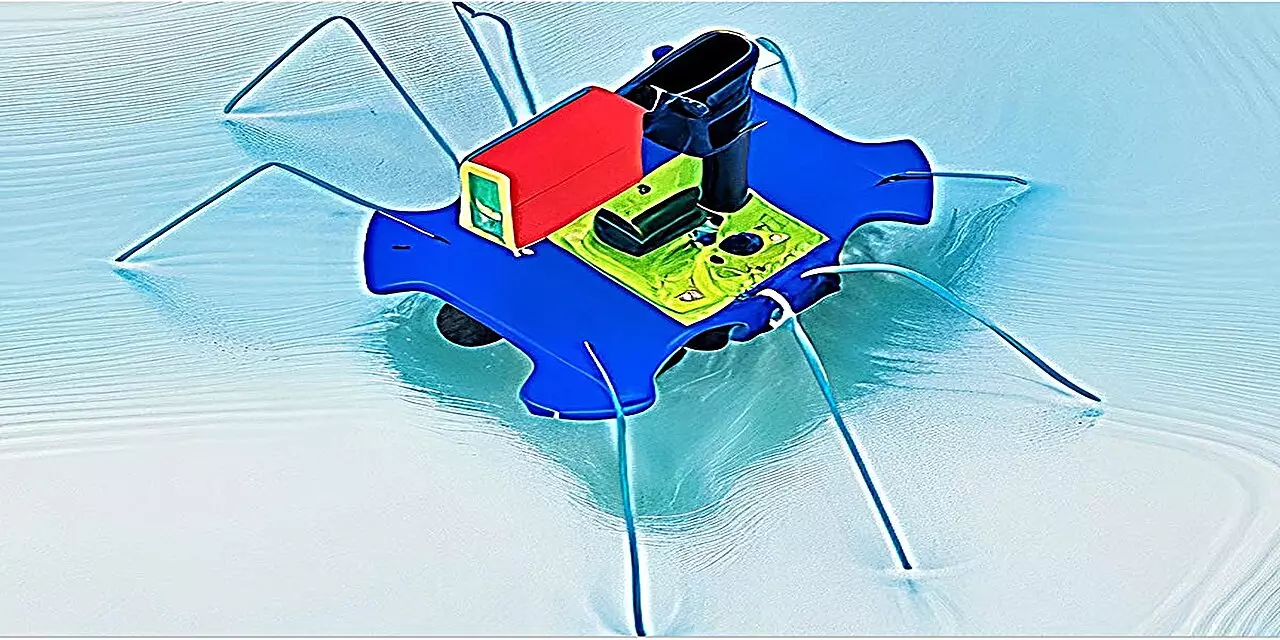Aquatic robotics have taken a significant step forward with the development of self-powered “bugs” by researchers at Binghamton University, State University of New York. Their recent work published in the journal Advanced Materials Technologies showcases a groundbreaking innovation that could potentially revolutionize the field of aquatic robotics. With the increasing integration of autonomous nodes into various human activities as part of the “internet of things,” the demand for effective and efficient aquatic robots is on the rise. However, with 71% of the Earth’s surface covered in water, researchers are faced with critical environmental and logistical challenges in this domain.
In response to the complexities of aquatic environments, the U.S. Defense Advanced Research Projects Agency (DARPA) has launched the Ocean of Things program. This initiative aims to address the unique challenges posed by the vast expanses of water on Earth. Researchers like Binghamton University Professor Seokheun “Sean” Choi have been at the forefront of developing cutting-edge solutions for powering aquatic robots in such demanding conditions.
Professor Choi, along with his team including Anwar Elhadad, Ph.D., and Ph.D. student Yang “Lexi” Gao, have successfully created self-powered aquatic robots that utilize bacteria-powered biobatteries. This innovative technology is more reliable under adverse conditions compared to traditional energy systems like solar, kinetic, or thermal energy. The robots feature a Janus interface that allows for the intake of nutrients from the water to fuel bacterial spore production. This unique design enables the robots to generate power when the environmental conditions are favorable for the bacteria, and revert to spores when conditions are harsh, thereby extending their operational life.
The research conducted by the Binghamton team has shown that these self-powered robots can generate close to 1 milliwatt of power. This output is sufficient to operate the robot’s mechanical movements and various sensors that can collect valuable environmental data such as water temperature, pollution levels, vessel and aircraft movements, and aquatic animal behaviors. The ability to deploy these robots wherever needed marks a significant advancement from the current stationary sensors known as “smart floats.”
As the research progresses, the next step involves identifying the most suitable bacteria for energy production in stressful ocean conditions. While common bacterial cells have been utilized in the current design, further studies are needed to determine the specific bacterial species present in various oceanic regions. Additionally, exploring the combination of multiple bacterial cells to enhance sustainability and power generation is a promising avenue for future research. The ongoing efforts by researchers like Professor Choi and his team highlight the immense potential of self-powered aquatic robots in transforming the field of aquatic robotics.


Leave a Reply
You must be logged in to post a comment.